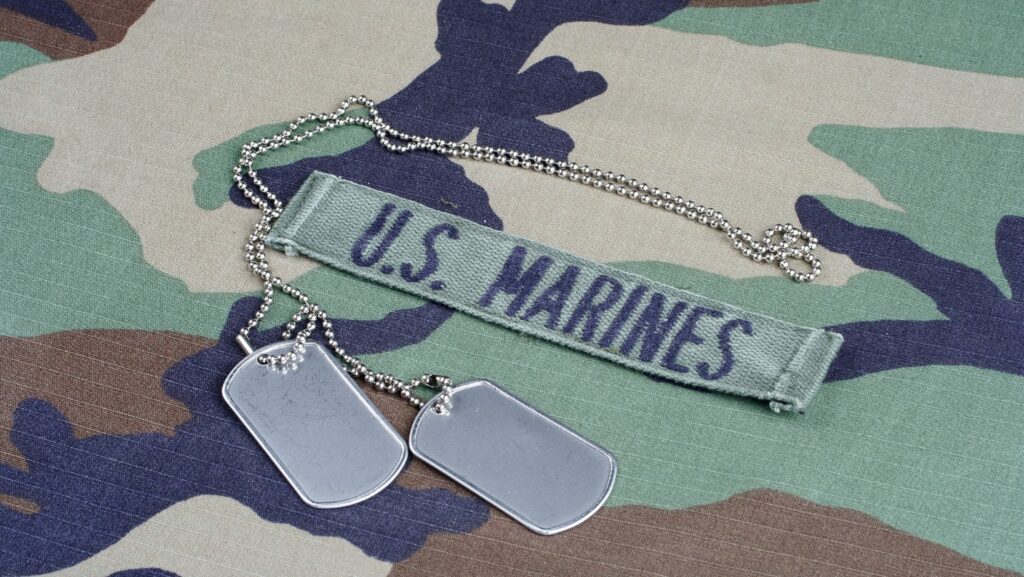
In general, a Marine Corps Base is a free space for sailors and Marines to build their warfighting skills. These Bases become facilities where warfighters train, operate, and recover. This does not mean that life on the Base differs from that of any other town or city.
A Marine Corps Base is a tight-knit community for military personnel to live comfortably. This means one can easily find recreational centers, gymnasiums, schools, restaurants, and other amenities conveniently located across Bases.
Marine families develop a strong bond with each other as they spend life together. The US has over 35 Marine Corps Bases, most of which are across the country’s mainland. Camp Lejeune was also one of them, perhaps among the most actively used Bases. Tragically, it went down in history as an example of a serious public health crisis. In this article, we will discuss the story of North Carolina’s Camp Lejeune Marine Corps Base in detail.
Camp Lejeune Established in High Spirits
Found in the Onslow County of North Carolina, Camp Lejeune dates back to 1941. However, the total establishment took much longer and was completed in four phases. The first two phases took place between 1941 and 1942, whereas the final two happened in the last quarter of 1943.
Originally, it was known as the Marine Barracks New River but was renamed Camp Lejeune after the Marine Corps’ 13th Commandant, Lieutenant General John A. Lejeune. Since September 1941, this Base has been the training ground for the 2nd Marine Division and other support commands or combat units.
Units from all across the world have been deployed here to train for wars and keep the peace. When Camp Lejeune came into existence, all Marines and their families had high hopes of spending comfortable lives across the Base. The Base occupied 156,000 acres of land with 6,946 buildings that supported the residency of 137,526 Marines and their families.
Three Decades of Hidden Dangers
During its initial years, all was going well on the Base – Marines used to train for their warfighting whilst living peacefully with their families. Sadly, everyone on the Base was unaware of a danger lurking underground.
In other words, the water of three water supply tanks – Hadnot Point, Holcomb Boulevard, and Tarawa Terrace – had become severely contaminated. It was later found that the contamination was due to Volatile Organic Compounds (VOCs) released as by-products by an offside dry cleaning company.

For nearly three decades (1953 – 1987), Camp Lejeune’s residents consumed the toxic water for their daily bathing, cooking, and drinking needs. The issue was discovered in 1982, but the three polluted tanks were not shut down until 1985.
The Ripple Effects of Water Contamination
At the time of discovery, what remained in oblivion was the fact that this was no minor issue. Camp Lejeune turned out to be the worst-ever water contamination disaster in US history. Compounds like perchloroethylene and trichloroethylene stayed undetected for so long due to no distinctive odor or taste.
However, they wreaked havoc on the health of those who consumed the water. In the decades that followed, case after case of life-threatening conditions emerged. According to TorHoerman Law, the most common diseases include leukemia, multiple myeloma, aplastic anemia, scleroderma, non-Hodgkin’s lymphoma, and more.
Under President Obama’s administration, all Camp Lejeune victims were offered free healthcare. However, President Joe Biden made legal justice possible with the Camp Lejeune Justice Act (CLJA) of August 2022. Victims were eligible to file an administrative claim with the Navy Judge Advocate General (JAG).
If no resolution was made within six months, they could file a lawsuit to secure a fair Camp Lejeune settlement amount. In the meantime, numerous victims succumbed to their injuries. It is believed that this tragedy crippled the lives of nearly one million people.
Victims Still Await Justice
The Camp Lejeune lawsuit is currently ongoing in the Eastern District Court of North Carolina. Since the statute of limitations for this suit was two years, victims still have time till August 2024 to file their administrative claim.
As of now, over 170,000 claims are awaiting settlements, and 1,600+ have turned into lawsuits. The Navy delayed the litigation a lot due to staffing and funding shortages. It did introduce the Elective Option or voluntary program to fast-track the settlement process but to no avail.
Only a few hundred cases have qualified for this option yet, and even among those, many are getting rejected or ending up expired. Moreover, the government brought in another roadblock by claiming that the victims could not have a jury trial.

Looking at the current scenario, attorneys are preparing themselves for bench trials where a judge (and not a jury) will give a final verdict. Hopes are still up as it is expected that the trials will offer fair compensation to the victims.
The judge is also determined to start these trials within this year itself. More will be known as the first verdicts are made.











